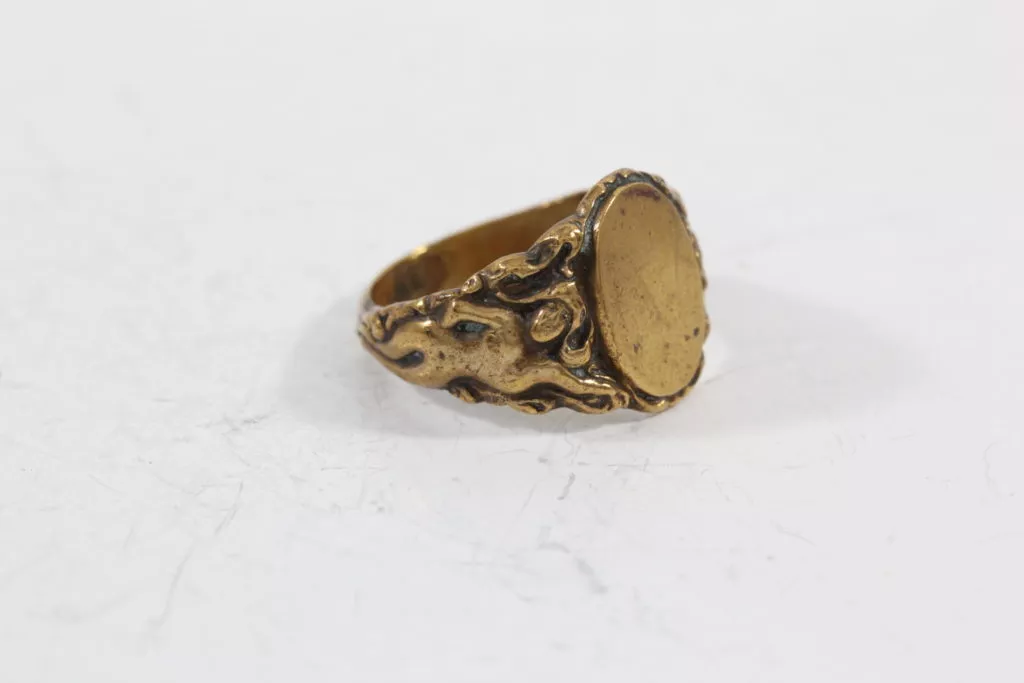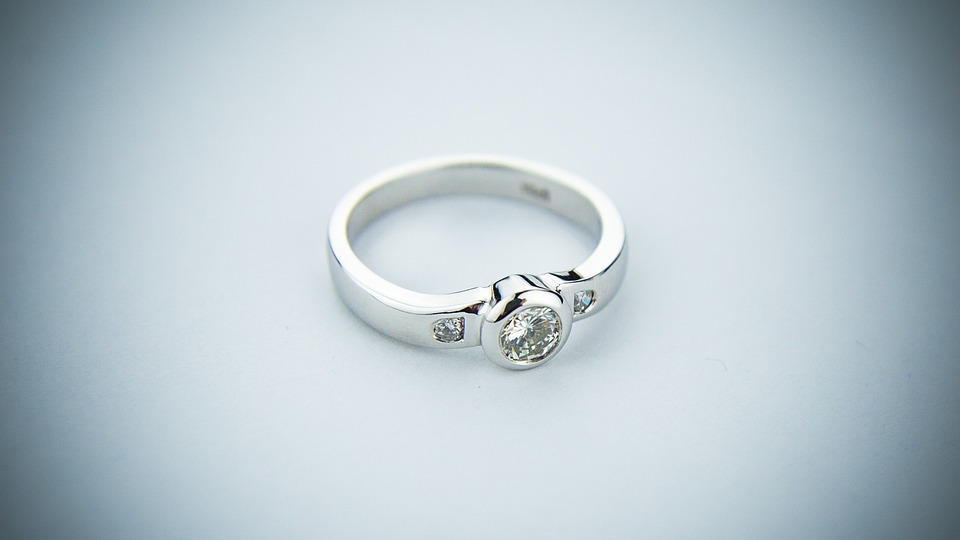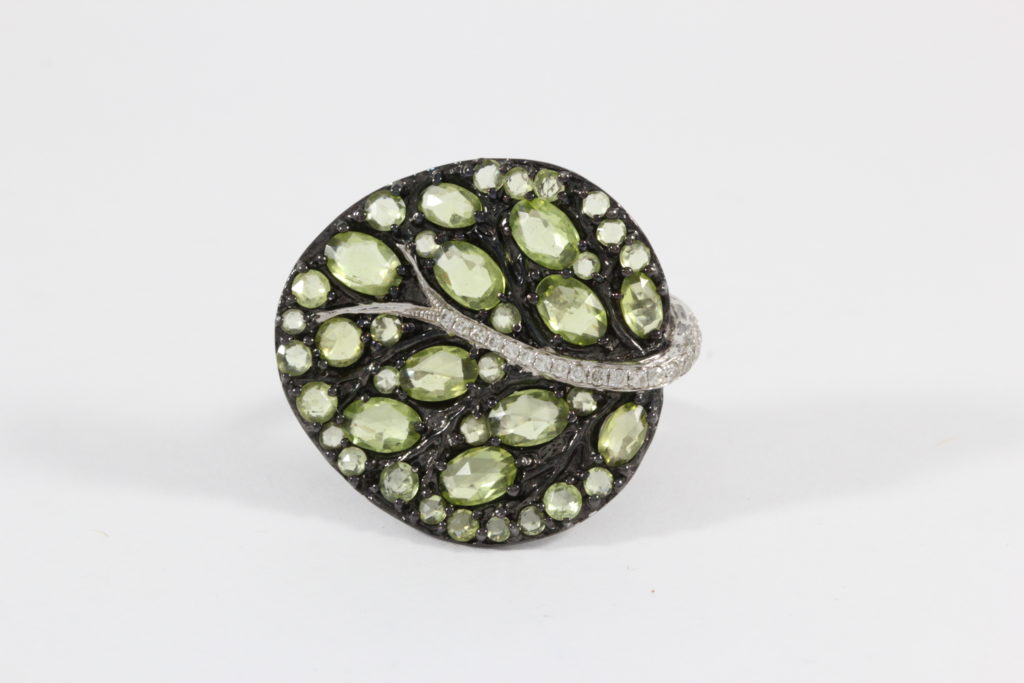What is the Meaning of Different Types of Birthstones?
Written by Serena Norr
April 24, 2018

A person’s birthstone is assigned to them by their month of birth. Each birthstone is thought to be lucky, and is thought to convey certain benefits to the wearer. Each stone has its own significance and meaning. When you discover the meaning of your birthstone, you will have a new insight into your birth month and recognize its special significance in your life.
Understanding birthstones begins with their origins in history. The tradition is thought to originate in Biblical times. In the Bible, the breastplate of Aaron, High Priest of the Hebrews, was ornamented by twelve stones to represent the twelve tribes of Israel. Over time, these precious stones came to be associated with the twelve Zodiac signs and the twelve months of the year.
Each culture has different types of birthstones. We have focused on the Western associations with each birthstone. Read on for more about birthstones:
Understanding Different Types of Birthstones

January: Garnet
The garnet is thought to convey protection to the wearer, especially during travel. Garnets symbolize love and eternity. They are associated with the female life force. The garnet has been known as the “Gem of Faith,” able to bring the wearer benefits like health, happiness, and wealth.
February: Amethyst
The amethyst is reputed to ward against intoxication and keep the wearer’s mind clear from malign influences. During the Middle Ages, only those of royal blood could wear the amethyst. It is associated with stability, peace, and strength for the wearer.
March: Aquamarine
In ancient history, the aquamarine was the stone of Neptune, the god of the sea. The cool greenish-blue color of aquamarine is thought to convey peace and calm to the wearer. The aquamarine is reputed to have curative powers over the digestive system.
April: Diamond
The diamond is the most sought-after of all birthstones. Clear and strong, it symbolizes eternal love, faith, purity, and innocence. It is thought to enhance creativity and to protect the wearer from malign influences. Diamonds became popular as engagement rings in the 1930s.
May: Emerald
In Roman times, the emerald was dedicated to Venus, the goddess of love. The gem has been associated with beauty and fertility as well. The green color represents the flowering of spring. Emeralds bring their wearer patience and wisdom as well as personal growth. It is also associated with friendship and faithfulness.
June: Pearl
The pearl is the only birthstone that is created by a living animal. The ancient Greeks believed that the pearl represented the tears of Aphrodite, the goddess of love. Pearls signify friendship, faith, and loyalty. They are thought to bring the wearer the gifts of calm and peace.
July: Ruby
In ancient India, the ruby was known as the “King of Gems.” Rubies signified power, leadership, and decisiveness. Wearing a ruby is thought to help with making decisions. The deep red color of the ruby is associated with power, passion, and confidence.
August: Peridot
This beautiful spring green stone symbolizes fortune, happiness, and peace. The peridot is thought to protect against evil influences and help with nightmares. In Hawaii, the legend of the peridot is that it is formed from the tears of Pele, the volcano goddess.
September: Sapphire
The sapphire signifies fidelity and purity. It is reputed to bring the wearer peace and positivity. In the Middle Ages, the blue color of the sapphire represented the skies and Heaven. It was thought to protect against poisoning. It is thought to enhance the wearer’s focus and mental clarity.
October: Opal
The opal represents hope, faith, innocence, and purity. The stone has been revered since ancient times for its many shifting colors. Since it reflects the colors of all of the other birthstones, it is thought to bring the wearer extra luck. Oddly, in history, the Russian people believed that the stone was a representation of the evil eye and would not wear it.
November: Topaz
The topaz, with its striking golden hue, symbolizes hope, energy, and strength. It also symbolizes love. The topaz was worn by kings and clergy during the Middle Ages. It attracts prosperity and brings balance and clarity to the wearer. It is also thought to increase the wearer’s intelligence.
December: Turquoise
Turquoise symbolizes wealth and financial success. It attracts love as well. It is thought to be connected to spirituality and protect against evil influences. The turquoise symbolizes fortune, friendship, and peace as well. It is reputed to bring the mind relaxation and calm.
Understanding birthstones can be a great way to enhance your personal style or select the perfect gift for a friend or loved one. The historical associations with different types of birthstones are fascinating and provide insight into the way ancient people saw the world.
Each birthstone has many different meanings and associations, from peace and clarity to financial success. Birthstones are even thought to have benefits for the wearer’s mental and physical health. A gift of a birthstone signifies how much you love and care for the recipient.


